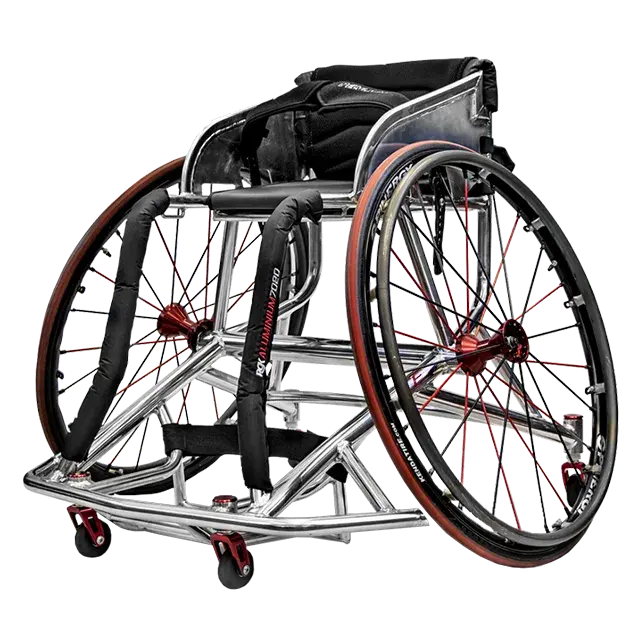Epilepsy is a chronic neurological disorder characterized by recurrent, unprovoked seizures. It affects approximately 65 million people worldwide, making it one of the most common neurological conditions. While epilepsy can manifest in various forms and severity, one common challenge faced by those living with the condition is the impact on mobility. This article will discuss the mobility issues associated with epilepsy, including factors that contribute to the challenges and potential solutions for improving the quality of life for those affected.
The Relationship between Epilepsy and Mobility
Epilepsy can significantly impact an individual's mobility due to the unpredictability and frequency of seizures. Mobility issues can arise from a variety of factors such as:
Physical limitations
Seizures can cause temporary or long-term physical limitations, including muscle weakness, balance problems, and coordination issues. These limitations can make it difficult for individuals with epilepsy to navigate their surroundings and participate in daily activities.
Cognitive impairments
Some people with epilepsy may experience cognitive impairments, such as memory loss, attention deficits, or slowed processing speeds. These impairments can negatively impact an individual's ability to navigate complex environments or complete tasks that require planning and problem-solving.
Fear of injury
The risk of injury during a seizure is a significant concern for individuals with epilepsy. Falls or other accidents can result in serious injuries like fractures or head trauma. This fear can lead to decreased mobility and reluctance to engage in activities that may trigger a seizure.
Stigma and social isolation
People with epilepsy may face stigma and discrimination due to misconceptions about the condition. This can result in feelings of isolation and reluctance to participate in social or public activities, further limiting mobility.
Addressing Mobility Challenges
There are several strategies that individuals with epilepsy and their healthcare providers can implement to address mobility challenges:
Seizure control
The primary goal of epilepsy treatment is to achieve optimal seizure control. This may involve the use of antiepileptic medications, dietary therapy, nerve stimulation, or surgical intervention. Improved seizure control can lead to increased mobility and reduced risk of injury.
Physical therapy
Physical therapy can help individuals with epilepsy improve their strength, balance, and coordination. This can improve overall mobility and decrease the risk of falls or other injuries during a seizure.
Assistive devices
Assistive devices such as canes, walkers, or wheelchairs can help individuals with epilepsy navigate their environment more safely and independently. These devices can provide additional support, stability, and confidence, particularly in situations where balance or strength may be compromised.
Cognitive rehabilitation
Cognitive rehabilitation can help individuals with epilepsy address cognitive impairments that may impact their mobility. Techniques may include memory aids, time management strategies, or problem-solving exercises to improve cognitive function and daily living skills.
Emotional support
Addressing the emotional and social aspects of epilepsy is crucial for overall well-being. Support groups, therapy, and education can help individuals with epilepsy and their families better understand the condition, cope with challenges, and foster a sense of community.
Conclusion
Epilepsy can significantly impact an individual's mobility, leading to various challenges in daily life. However, with appropriate interventions and support, these challenges can be managed. By working with healthcare professionals and utilizing available resources, individuals with epilepsy can improve their quality of life and maintain a sense of independence despite their condition.





